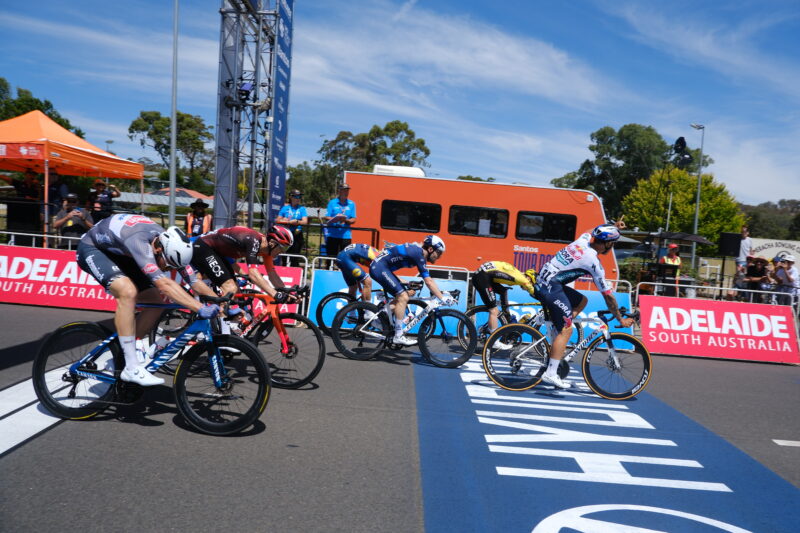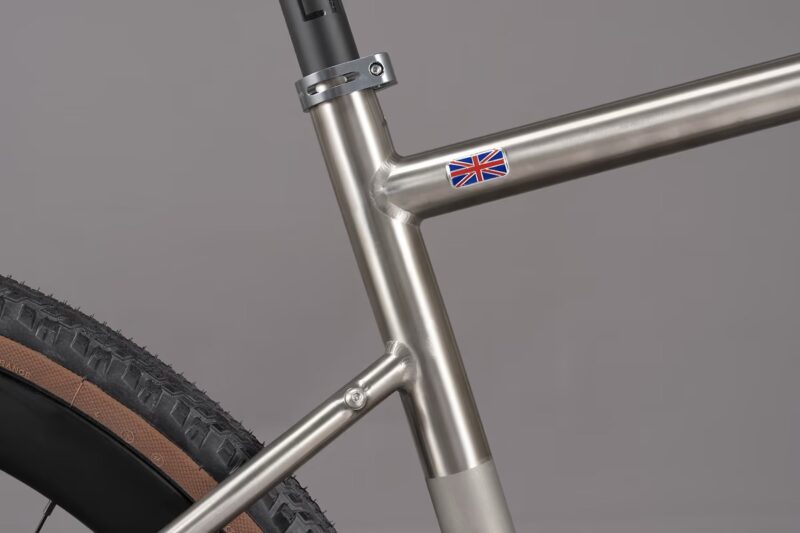Breaking point

Iain Treloar tackles Taiwan’s—and maybe the world’s—toughest climb.
It comes back to me like a fever-dream, half-remembered glimpses of an experience surreal and intense. It goes like this: we’re a motley crew of cycling media and pro cyclists and we’re cooped up in an aging hotel on the outskirts of Hualien. The lobby echoes with cleats on marble and the whir of expensive hubs. Bikes are banned from the rooms; like fugitives we furtively assemble them in a corner of the foyer, and hope they’re still there the next morning.
I pick my way through a thicket of riders, team helpers and event vehicles. The riders are wisp-like and hungry-looking. I feel porky and pale, and any regret I have about not entering the race swiftly dissipates. Tomorrow I’ll be dangling out of a media car’s window as a photographer, lashed by freezing rain.
Tomorrow I’ll be doing it easy.
Today, the others have their event-launch obligations, wheeling along the coast behind an oversized bear mascot on a little pink bike for the edification of the official photographers. It’s one of the stranger sights I’ve seen in a trip full of them, but they look like they’re having fun, or something like it. I leave them and head inland, trying to remember a web of streets from Google Maps, making last minute turns at street-signs I can’t read. The plan is to trace the route of tomorrow’s race; 105km of climbing, from sea level to the summit of Hehuanshan at 3,275 metres, through Taroko Gorge on Taiwan’s east coast. By most metrics, it’s the hardest continuous climb in the world.
The rain, falling since I set off, intensifies as I swing left and upwards from the coastal highway into the gorge. Just as I settle into a rhythm there’s a long line of stationary traffic and a roadblock. From what I can tell, there’s a landslide ahead and—here a construction worker makes a complicated hand-gesture that I decipher as ‘11 o’clock’—the road will reopen in an hour. I stand there making stilted small-talk with scooter riders; by the time I’m waved through I’ve cooled down enough for it to be a problem and there’s 75km of climbing to the summit. The many hours of suffering that follow blur into a dull grey ache, punctuated only by vignettes.
One: the tunnel
The road through Taroko Gorge is something of an engineering marvel, a narrow track hewn through cloud-scraping cliffs of marble, interspersed with tunnels cut into the overhanging rock. These tunnels are normally brief, allowing you to see your way through to the other end. There’s one tunnel that is not. I enter it with a bus close to my shoulder, my own shadow—furiously pedalling into the inky black—cast in its headlights. With a roar the bus overtakes. I push to stay with it, but the gap grows, and it carries the only light in the tunnel with it around a curve. The noise subsides and it’s just the sound of my bike and my breathing and the void around me. Trying to remember where ‘straight’ is, I begin to pull to a stop to fish a set of lights from my bag. I clip my foot on the gutter and crash hard into the tunnel wall.
Two: the dog
Two hours more climbing, and the blood has stopped dripping from my finger, a reddened strip of which hangs off the knuckle like prosciutto. I’m threading my way along a cliff-edge, riding into light mist and heavy rain; occasionally it clears enough to see bridges I passed a lifetime ago dangling among the clouds in the valley. Passing through a tiny village surrounded by paddies, I see a movement to my left—a tan dog standing next to the wall over the valley. In my solitude, I say ‘hello’ or ‘hey boy’ or whatever one says to a stray dog halfway up a sadistic mountain on the other side of the world. He fixes me with a doleful stare, hikes a rear leg and unleashes a steaming torrent.
Three: defeat
It’s three o’clock when I throw in the towel. I’ve pulled out all of the clothes I brought with me from my bag; everything is soaked through. I’m out of food and water; the last shop I saw was 40km ago. In a couple of hours it’ll be dark. I run through some quick statistics in my addled head. I’ve covered 70 of 105km to the top, but I know the last section is the worst—the final 10km averages an unthinkably brutal 17%. Another long, dark tunnel framed by dense dripping jungle yawns out of the mist ahead of me. I take it as an omen, pull to a stop, hang my head for a moment, and point my bike downhill.
I’d thought I was being sensible by turning home early, but the entire way down I was wishing I’d done so much, much sooner. There are numerous points on the descent where I genuinely believe I’ll die, lost forever in a remote ravine. I’m shaking uncontrollably; I bite down hard on my fingers to try to regain sensation in them but can’t feel a thing. In Tianxiang, I mutely thrust a crumpled claw filled with Taiwanese dollars at a shopkeeper and motion for something, anything to reverse the hunger flat. “Snickers?” she says. I hate Snickers. “Yes please,” I hear myself mutter. I stagger arthritically around a temple’s carpark, willing myself to regain feeling anywhere in my body or brain.
The coast road from Taroko Gorge to Hualien isn’t anything special, but it is warm. Finally thawing out in the humid air, I see a trio of riders heading toward me, stretching their legs before tomorrow’s race. They hang a u-turn and head back to Hualien; I surge to sit on their wheel, coveting the ease with which their sculpted legs turn the pedals. I recognise the kit of the rider in front of me. The next day he’ll win the Taiwan KOM Challenge with a record time below four hours. We may be riding in convoy but I’m a shattered ghost on their tail and there’s a gaping chasm between them and me; I’ve been humbled by Hehuanshan, robbed of the achievement of conquering the mountain by bad luck, bad light, bad weather and bad preparation.
They run a red light and I lose them, and I’m soon hopelessly adrift in the backblocks of Hualien, looking for my hotel. I go past the same garbled billboards time and again in a nightmarish loop of shrieking scooters and wrong turns. By the time I roll into the hotel forecourt, I’ve notched up the hardest 150km of my life.
Cyclists are a masochistic bunch blighted by selective memory. As I spectate the race the following day, a new imagined vignette appears in my mind. It goes like this: I’m riding up the same mountain, punching through the mist and my prior defeat, to the summit. For all of the suffering, I’d be back there now, pedalling upward forever on that beautiful, cursed peak.
The 2015 Taiwan KOM Challenge will be held on October 30th; for details on entry visit www.taiwankom.org/en/. New for 2015 is the ‘Road to Taiwan KOM’ sportif, to be held on July 25th, offering amateur riders the opportunity to tackle this incredible climb with a nine hour cutoff.
Ride On content is editorially independent, but is supported financially by members of Bicycle Network. If you enjoy our articles and want to support the future publication of high-quality content, please consider helping out by becoming a member.








Very nice description of the ride. I did it a couple of years ago, up until then I considered the Galibier in France or Cedar Breaks in Utah to be the toughest hills I’d ever climbed. This is a whole different category. On the plus side, once you’ve done this one, you lose all fear of hills.